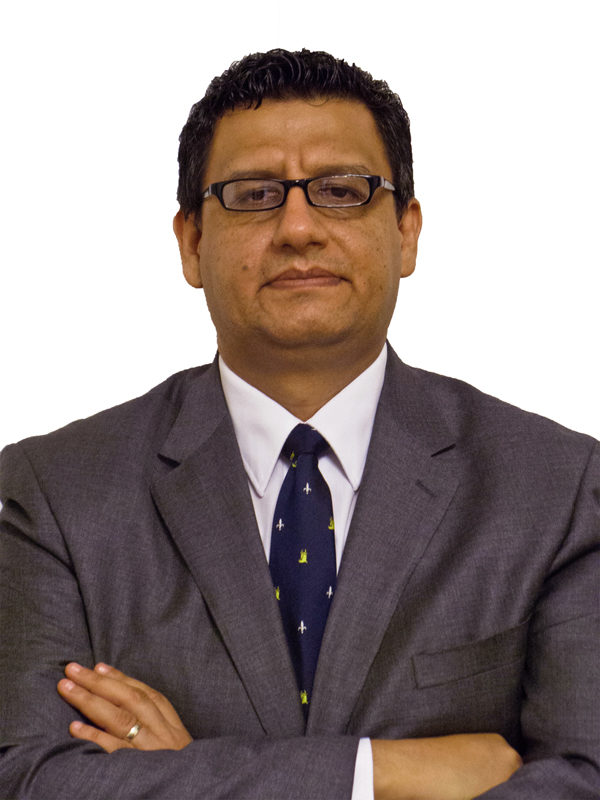Hip-Hop Blues
Reporting on a musical genre and culture that many believed to be just a "fad" only a decade ago, an abundance of hip-hop magazines now flood newsstands. But do any of them contain any journalistic credibility?
In all likelihood, writing and editing hip-hop magazines won’t instantly unlock the door to the “bling bling .” It’s harder than it seems, as it presupposes different skills. According to Kristen Asklund, who contributes toUnderground Sound Magazine, an online urban magazine, in order to be successful a writer needs “a good handle on hip-hop terminology, an understanding of musicology and a familiarity with urban history and culture.”
And maybe a bulletproof vest and a pair of Kevlar underwear while she’s at it. Two of rap’s biggest stars—Tupac Shakur and the Notorious B.I.G.—were gunned down in the mid-1990s, victims of an alleged, all-out East Coast versus West Coast war between rappers and their hangers-on (Shakur hailed from California and Notorious from New York). More recently, Sean “P. Diddy” Combs was arrested on weapons charges after fleeing a gunfight at a New York City nightclub. In October 2002, Jam Master Jay, the pioneering turntablist behind influential rap trio Run-D.M.C., was shot in the head in a recording studio in the New York borough of Queens.
In spite of the violence that is often glorified by the culture, hip-hop has outlived the thinking that, in its early years, slighted it as a mere fad. More than a genre, it is now the dominant commercial force in the music industry. “Urban music—rap and hip-hop—are definitely increasingly popular in North America,” says Daryl Rodway of Urbnet Communications . “Rap and hip-hop albums are outselling rock, country and classical albums and generating billions of dollars in revenue.” Thanks to this ubiquity, a rich vein has been opened up for the magazine industry to exploit. There is an abundance of ad-packed glossies in the U.S., the leaders being Vibe, The Source and XXL. North of the border, considerably more modest publications like Pound, Peace and Word (http://www.wordmag.com) lead the pack. Like the rappers they cover, they range broadly in substance and quality.
“The slickest and most professional American publications are Vibe and The Source,” says Jessica Linnay, a freelance hip-hop journalist, “which mix profiles of rap stars with articles on politics, economics and fashion.” In the December 2003 issue of Vibe, for instance, you’ll find a piece on the rape of female prisoners by male corrections officers. A few pages later, you’ll see a fashion spread with models mugging Santa Claus.
Canada’s Pound magazine is comprised of similar content. The December 2003 issue features an article on prisoners of war, followed by a fashion spread portraying graffiti artists outfitted in clothing by Phat Farm, Timberland and Stussy. Phil Vassell, editor and publisher of Word Magazine, says, “The biggest difference between American and Canadian urban music publications is the market size and recognition that there is an urban consumer with high disposable income.”
The focus, both north and south of the border, remains on the rappers themselves who, one can’t help but notice, are almost always photographed scowling. “Rappers are professionals when it comes to looking cold, hard and mean,” says Tyler of Full Spectrum Graffiti an urban magazine published in Vancouver. “If you’re going to call yourself Hittman or MastaKilla or Ghostface Killah, you can’t very well walk around grinning likeRaffi.”
Or speaking like Raffi, for that matter. Expletives are fired off like automatic rifles, and some magazines simply publish the barrage verbatim. Others have adopted odd techniques to incorporate swearing. For example, The Source writes out the word “fuck,” while Blaze magazine prints it in lighter type, as though it’s been half-erased by the resident staff brownnose.
No hip-hop magazine censors the infamous N-word, which appears frequently. Some editors, like XXL’s, seem to believe this slur—used by their subjects as everything from a friendly greeting to an insult—is okay as long as it’s spelled “nigga.” For example, New Orleans-based rapper Turk described to XXL his relationship with former record label Cash Money this way: “A nigga realized that niggas was playing him,” he said. “If we do get together it’ll be about business. Ain’t no hangin’, ain’t no clubbin’ together.”
Copy editing at a hip-hop magazine is a bit tricky, as rap has developed multiple spellings for various words. Editors need to remember that Snoop spells his surname Dogg, while Top spells his Dawg. They have to keep in mind that “the” is spelled “tha” in Tha Eastsidaz, but “da” in Da Godfather. They also have to keep track of the correct plural form of the omnipresent n-word. It’s spelled “niggas” in The Source but “niggaz” in Pound.
Editors-in-chief have a tough job, too. Sometimes, rappers dissatisfied with stories about themselves, pay a visit. Blaze magazine’s former editor, Jesse Washington, was beaten by the bodyguards of one dissatisfied rapper and had a pistol pointed at his chest by another.
Sometimes a letter to the editor just won’t do.












Looking for new dope rap music? Search no more, come thru and check out what Da Commission have been working on
http://www.dacommission.com
Looking for new dope rap music? Search no more, come thru and check out what Da Commission have been working on
http://www.dacommission.com